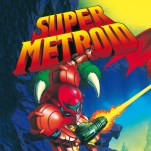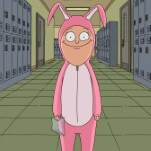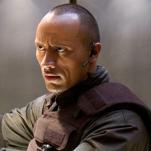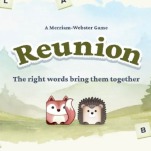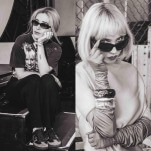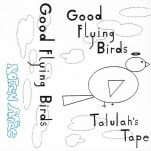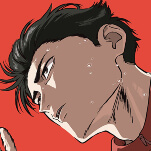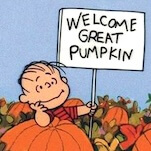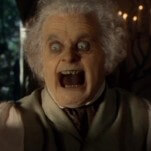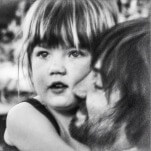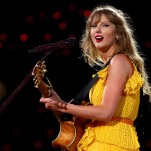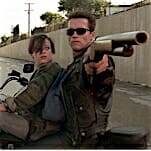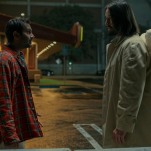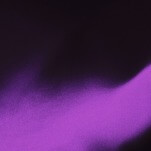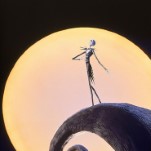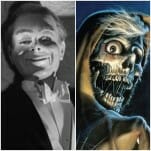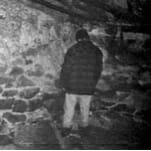Nijigahara Holograph by Inio Asano
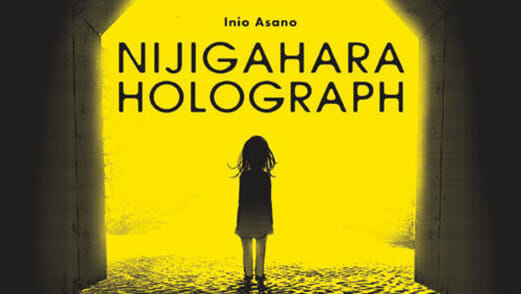
Writer/Artist: Inio Asano
Translator: Matt Thorn
Publisher: Fantagraphics
Release Date: March 5, 2014
Don’t judge Inio Asano’s graphic novel, Nijigahara Holograph, by its glowing butterfly cover, assuming that what lies within is sweet or sentimental. Pay attention to your gut instincts, which should pick up on all of the unnerving peripheral imagery: the silhouette of a young girl stands shin-deep in flowing water. Her hair snakes up in creepy tendrils, framed against the light that floods the world outside a sodden tunnel. The scene suggests immediate danger and horror, which is exactly what the following pages contain in this tale of a group of teachers and pupils who intersect in harrowing ways.
If Asano’s book resembles anything, it’s the rightly-maligned Ashton Kutcher film The Butterfly Effect, which took the premise of chaos theory and extended it into a story that defined buzzkill. Characters destroyed one another. Anything good was rapidly soiled. The world was revealed as a dark and evil place that might, in fact, be better off left out of existence. And yet there was something adolescent about the presented worldview, a rage against imperfection that suggests a lack of prefrontal cortex maturity. All of that is also true of Nijigahara Holograph, but the book is interesting — even as it frustrates — with its complicated timelines and penchant for big reveals.
For one thing, Asano repeatedly uses a visual device that often aggravates — a kind of digital blur of ill-seen objects. It’s an ugly effect that’s completely unnecessary in a medium that touts an easy, deep focus, in which both foreground and background can be rendered sharp and beautiful. But Asano relies on this maneuver precisely to make the reader itch. It also represents things that are metaphorically and literally fuzzy. For example, Asano repeatedly blurs those butterflies that show up throughout, especially as they fly toward the comic equivalent of a camera. Are they even real? The book’s apocalyptic tone makes it seem as though they are, but they also serve as a metaphor for change and fragility, the kind of delicate creatures that can be smashed without a thought. But as the story progresses, the insects become menacing in their abundance.
-

-

-

-

-

-

-

-

-

-

-

-

-

-

-

-

-

-

-

-

-

-

-

-

-

-

-

-

-

-

-

-

-

-

-

-

-

-

-

-






